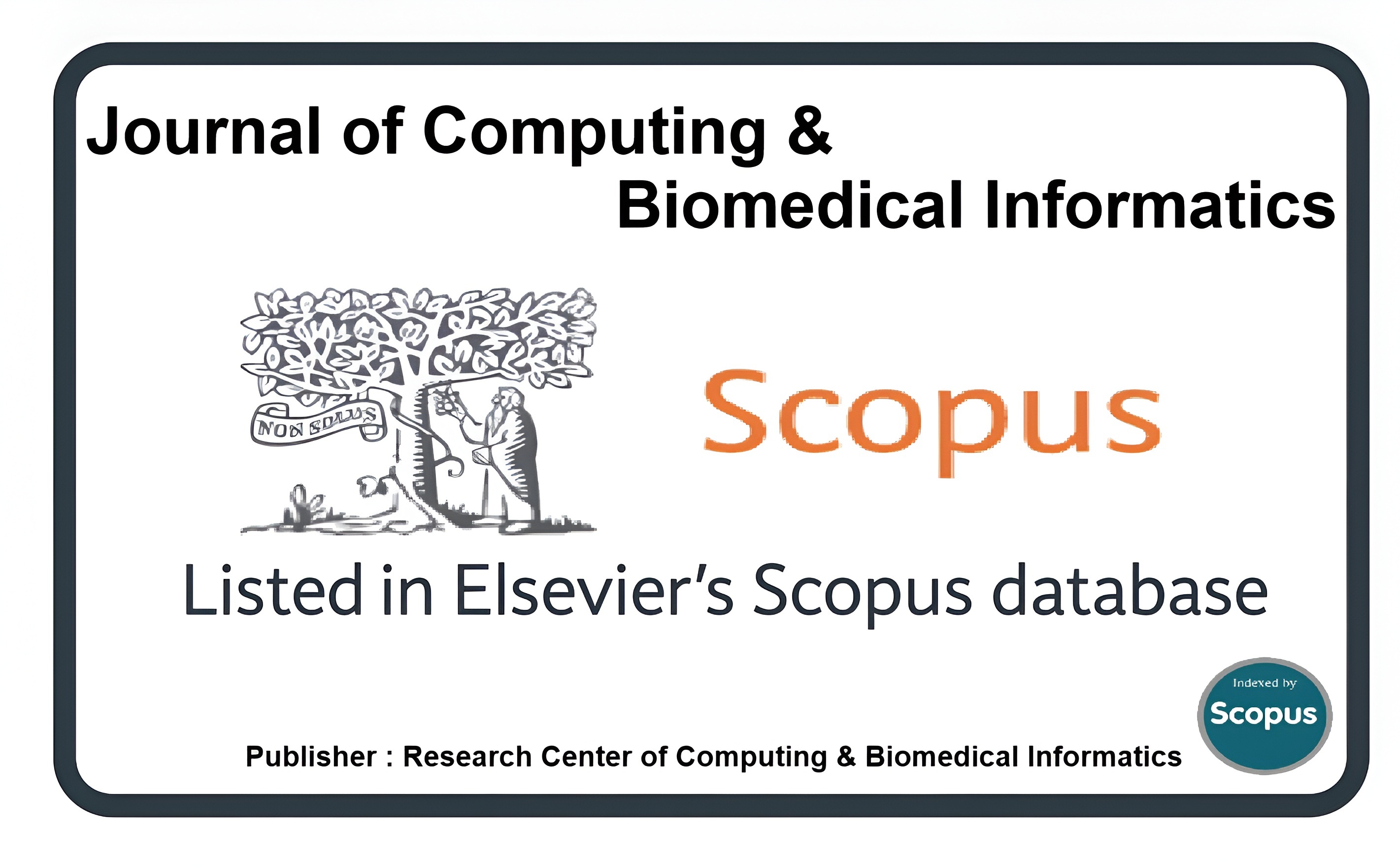Breast Cancer Detection Using Deep Learning Algorithms
Keywords:
breast cancer, image segmentation, classification, extraction, grasshopper optimization algorithmAbstract
The early detection is essential for a more efficient and successful course of treatment in breast cancer. The development of computer-aided detection systems has enabled recent advances in effective and nondestructive cancer diagnosis procedures. This study presents a comprehensive approach to identify the malignant area in mammography pictures. The suggested method is a multi-level method consisting of the grasshopper optimization algorithm integration, the implementation of optimization CNNs for image segmentation and the reduction of image noise. Precision and computing cost are both enhanced by GRASP – Optimization Algorithm, which is used to optimally employ feature extraction and selection. This method is special because it utilizes all CNN-based max segmentation, image noise reduction closely, and novel grasshopper optimization algorithm that maximize breast cancer diagnosis accuracy rate. For illustration, noise reduction image techniques are applied to the procedure in order to elaborate the resolution of mammography images. The standard CNN method with the best partitioning accuracy can describe the adjacent tissues in detail at a must higher level, which makes it easier to find the malignant areas. By integrating a fuzzy grasshopper optimization algorithm, the feature extraction and selection steps will be further accommodated, resulting into higher its accuracy and computational effectiveness. This is their distinction from the traditional techniques because of the uncommon combination of methods. It also proves that the approach is complex and dynamic. The suggested approach demonstrated significant superiority in terms of sensitivity (75%), specificity (97%), positive predictive value (PPV) (99%), negative predictive value (NPV) (45%), and overall accuracy (96%), in a thorough comparison with ten cutting-edge approaches through simulation. The thorough results highlight the efficacy of this novel strategy and establish it as a promising development in the field of breast cancer diagnostics.
Downloads
Published
How to Cite
Issue
Section
License
This is an open Access Article published by Research Center of Computing & Biomedical Informatics (RCBI), Lahore, Pakistan under CCBY 4.0 International License





